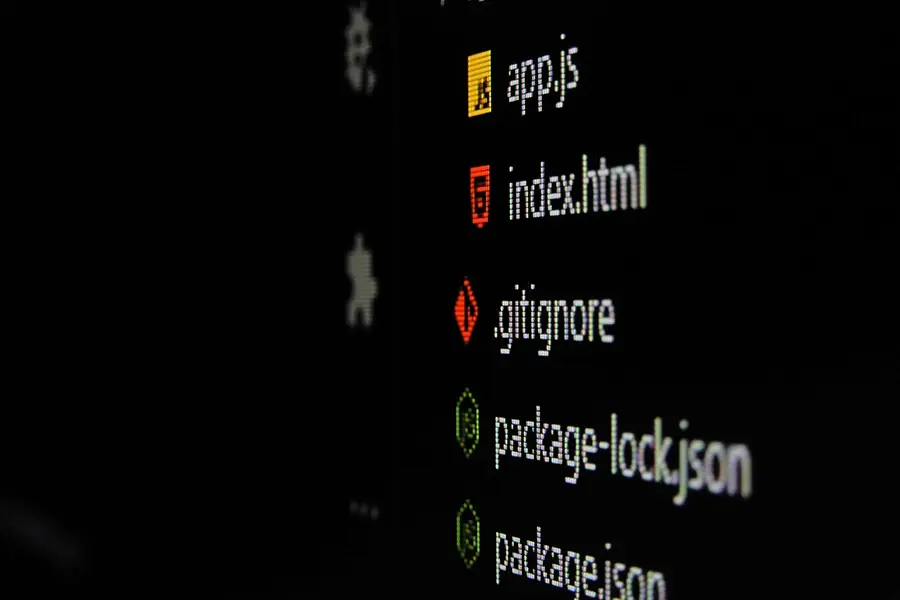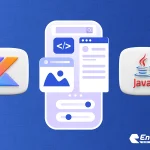Just imagine that you have opened YouTube, watched a video, and then hit a like button. On the other end, the like counter gets a 1+, but the question comes to mind: How does it even happen? And what happens when we tap on the Subscribe button? Why does all content from this creator suddenly start appearing in your feed?
All this happens because of backend languages, which are the real power behind websites. Moreover, these backend languages will also be a great career opportunity in 2025. Today, we are going to learn about all the best backend languages to excel in 2025.
Top Backend Languages to Master

Web development and app development usually comprise backend and frontend languages, while the backend supports the server-side functionality of the app. The following are the best backend languages that you can learn in 2025.
Python
Python as a backend language is not going anywhere even in 2025, even we can see growth in the demand for Python programming language. Python offers a ton of benefits, it’s easy to learn, and super simple with an extensive library that makes it an amazing choice for beginners and even professional developers. Python consistently features among the top five programming languages in the Stack Overflow Developer Survey.
It remains a favorite among developers and an essential tool for industry giants like Google, Meta, and Netflix. python has use cases in web development, Data Science, and AI/ML. Django and Flask are two popular choices for building progressive web applications with Python.
NodeJS (JavaScript)

NodeJS is a JavaScript-based backend language that is grounded on the Chrome v8 engine and used to develop websites and web applications in a serverless architecture. This presents an intersection of frontend and backend technologies. NodeJS makes sending and syncing data easier between server and client.
Moreover, using the same language makes the code clean and consistent throughout. Node offers a ton of benefits of better performance than Ruby and Python due to its v8 engine. Furthermore, the node handles multiple requests simultaneously as it has a cluster module to balance the load across all active CPU cores.
Also read: Laravel vs. Node.js: Which One is Ideal for Web Development?
Java
Java is and will remain a go-to technology for most businesses and enterprises in 2025. It has a history of managing important applications that makes it a must-know language for developers who want to succeed in the corporate setting.
Its cross-platform nature, strong security features, and a vast library of tools make Java perfect for building scalable systems. On top of that, enterprise frameworks like Spring and Hibernate allow Java to process millions of transactions reliably in real-world settings.
Ruby
Ruby is a versatile backend programming language that is primarily used for web scraping, site building, command line, automation, etc. It comes with features like convention over configuration that reduces the code the programmer needs to write. It also comes with active record and MVC architecture which makes it a good choice and a reliable backend development language option for most developers.
PHP
Among all the backend development languages, PHP will remain a practical choice for web development. Its strong integration with HTML, headless architecture, and widespread hosting support make it an attractive choice for SMBs.
Moreover, PHP is easy to learn, has a good collection of tools, has a cost-effective development cycle, and has a large community for support. Moreover, PHP as a backend development option has improved quite a lot in terms of performance and security.
C++

C++ is an object-oriented language closely related to C, capable of compiling nearly all C programs without modification. While maintaining this compatibility, C++ offers improved structure and safety through its object-oriented principles, making it favored for systems programming and game development. Its close relationship with C allows easy integration with existing code, while OOP enhances safety and organization.
It is known for its speed and performance, making it a powerful and versatile, though complex, language, especially for backend development. Its platform independence allows the software to run on various operating systems without code changes, and it provides fine-grained memory control through features like dynamic allocation and pointers.
C#
C sharp or C# is an object-oriented language developed by Microsoft, it enables the construction of complex programs as it was developed as a robust OOP backend development language. It was released back in 2002 and allows features like desktop applications, web development, business software, and more. It has type safety and memory management and it supports LINQ which makes C# a good backend programming language.
Perl
Perl also known as Practical Extraction and Reporting Language, is a high-level, general-purpose, interpreted, and dynamic. Perl is easier to learn and is very similar to other programming languages.
You can even write Perl programs in a text editor like Notepad++. Perl offers features like text processing, system administration and has a similar syntax to C and C++. Therefore, Perl is an easy choice for programmers who want to learn coding. All these features and a less steep learning curve make Perl a good choice as a backend language.
Choosing the Right Backend Programming Language

Choosing the right backend language depends on factors like project needs, team skills, and desired performance. Project complexity plays a key role: demanding, high-performance projects may benefit from languages like Java, C#, or Go. Development speed is another consideration; Python and Ruby are known for their rapid development, making them good choices for startups or time-sensitive projects.
Scalability is important for applications expecting high traffic, Node.js is well-suited for this. Finally, a strong community and extensive libraries and tools can greatly speed up development and offer valuable support. Carefully weighing these factors against your project’s specific requirements will help you select the optimal backend language for success.
Frequently Asked Questions
What is a backend framework?
Backend frameworks are ready-made sets of tools, libraries, and established design patterns that streamline the process of building backend systems. Popular examples include Django (for Python), Ruby on Rails (for Ruby), and Express.js (for Node.js).
What is the importance of scalability in backend development?
Scalability ensures that the application can handle more traffic and data as it grows.
Can I learn the Backend language before frontend?
Yes, you can learn backend before front end as there isn’t any restriction to learn any of the one before the other.
Conclusion
Overall, all the backend programming languages are amazing options for everyone to opt for in 2025. However, you have to observe and take a deeper look at your use cases and applications. Every backend developer language has its use cases so learning the right language will help you in building your career. Once you master one language, ensure to follow tips and tricks to become a successful web developer.









